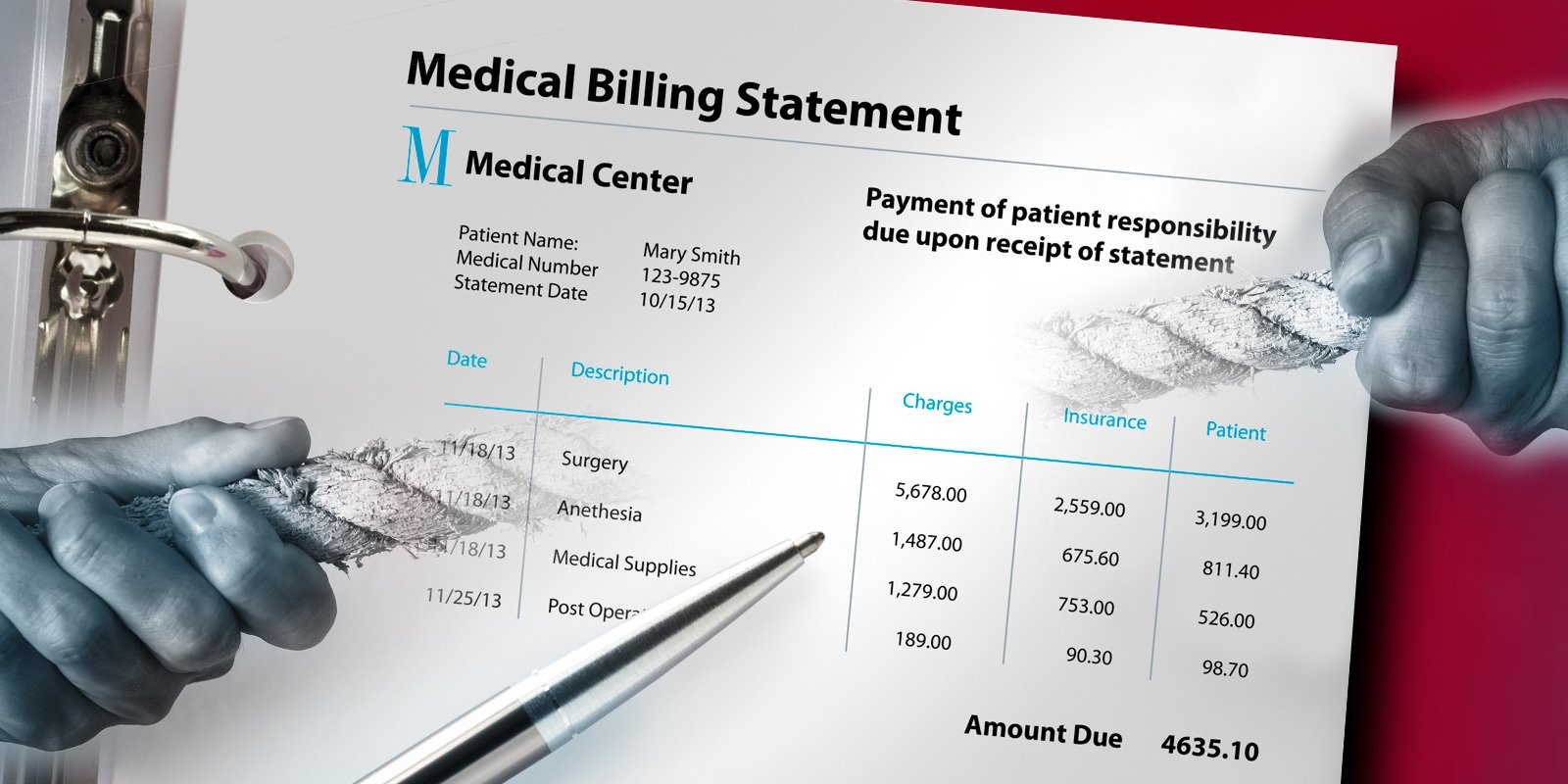
No Surprises Act Update: Rule Governing Dispute Resolution Process Set Aside
In a win for health care providers across the nation, the U.S. District Court for the Eastern District of Texas has vacated a key regulation regarding the process for resolving payment disputes between insurers and out-of-network providers under the No Surprises Act.
In a win for health care providers across the nation, the U.S. District Court for the Eastern District of Texas has vacated a key regulation regarding the process for resolving payment disputes between insurers and out-of-network providers. The court invalidated a September 2021 rule addressing the independent dispute resolution ("IDR") process for challenges to a health plan's payment (the "Rule"). The Rule had effectively created a rebuttable presumption that the Qualified Payment Amount ("QPA") (which plans are allowed to derive from their median in-network rates) should control. The court found that the Rule impermissibly conflicted with the unambiguous language of the No Surprises Act and that federal agencies improperly bypassed notice and comment rulemaking as required by the Administrative Procedures Act ("APA").
Passed by Congress in December 2020, the No Surprises Act sought to address and resolve issues around "balance billing"—the process by which patients might receive large bills for out-of-network medical care, including emergency care. The Act removed patients from the payment dispute and provided for an IDR process to adjudicate what amounts insurers must pay out-of-network providers for care provided to insured patients. (The process applies in states with no "Model Agreement" or "specified state law" addressing payments to out-of-network providers, and in circumstances where the parties cannot otherwise agree.) Under that process, if initial negotiation failed, the parties enter an arbitration process. Thus, the Act calls for each party to propose a payment amount, and the arbitrator to select the appropriate amount after considering a variety of factors. Those factors include the QPA—which the Act describes as "typically the median rate the insurer would have paid for the service provided by an in-network provider or facility"—and various additional factors such as the provider's level of training, the market share held by the nonparticipating provider, the acuity of the care involved, the teaching status, case mix and scope of services of the nonparticipating provider, among other things.
The challenged Rule, however, "effectively create[d] a rebuttable presumption that the amount closest to the QPA is the proper payment amount," requiring arbitrators in the IDR to select the amount closest to the QPA and "deviate from that number only if credible information clearly demonstrates that the QPA is materially different from the appropriate out-of-network rate." The Court recognized that such a presumption was directly contrary to the No Surprises Act's text. "Rather than having an arbitrator consider all statutory factors as provided by the Act," the Court explained, "the Rule puts a substantial thumb on the scale in favor of the QPA." And as the provider plaintiffs noted, there are "multiple reasons why the QPA could significantly differ from actual or market rates, including geographic disparity, differences in provider training, and differences in patient and case complexity." The Court also found that the Rule was independently invalid because it was promulgated without satisfying the required notice and comment requirements.
The decision is a win for the health care provider community. As the Court recognized, the QPA is "an insurer-determined number" because insurers ultimately decide what they will agree to pay for in-network care. Meanwhile, the government had emphasized to the Court in briefing that "vacating the rule" as the Court ultimately did "would result in higher reimbursement payments to providers." Whether the outcomes of the IDR process support that is yet to be seen, but going forward providers can expect that the process will remain governed by the statutory factors without the "thumb on the scale" that the agencies sought to impose.







